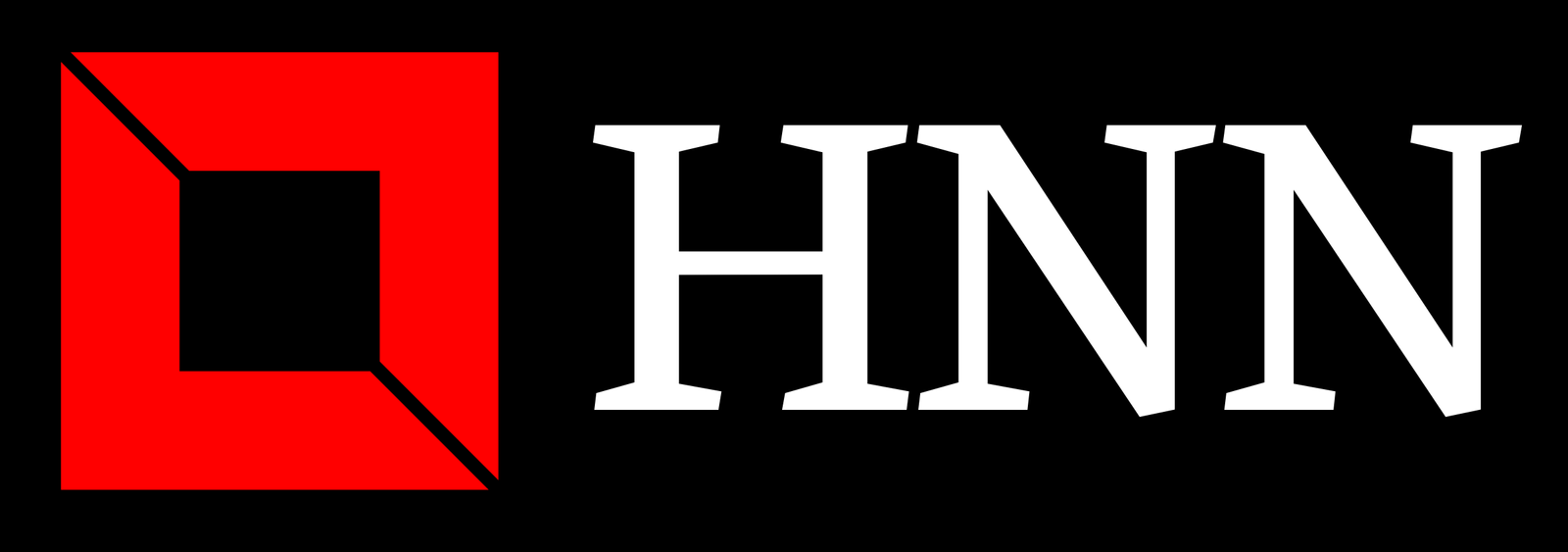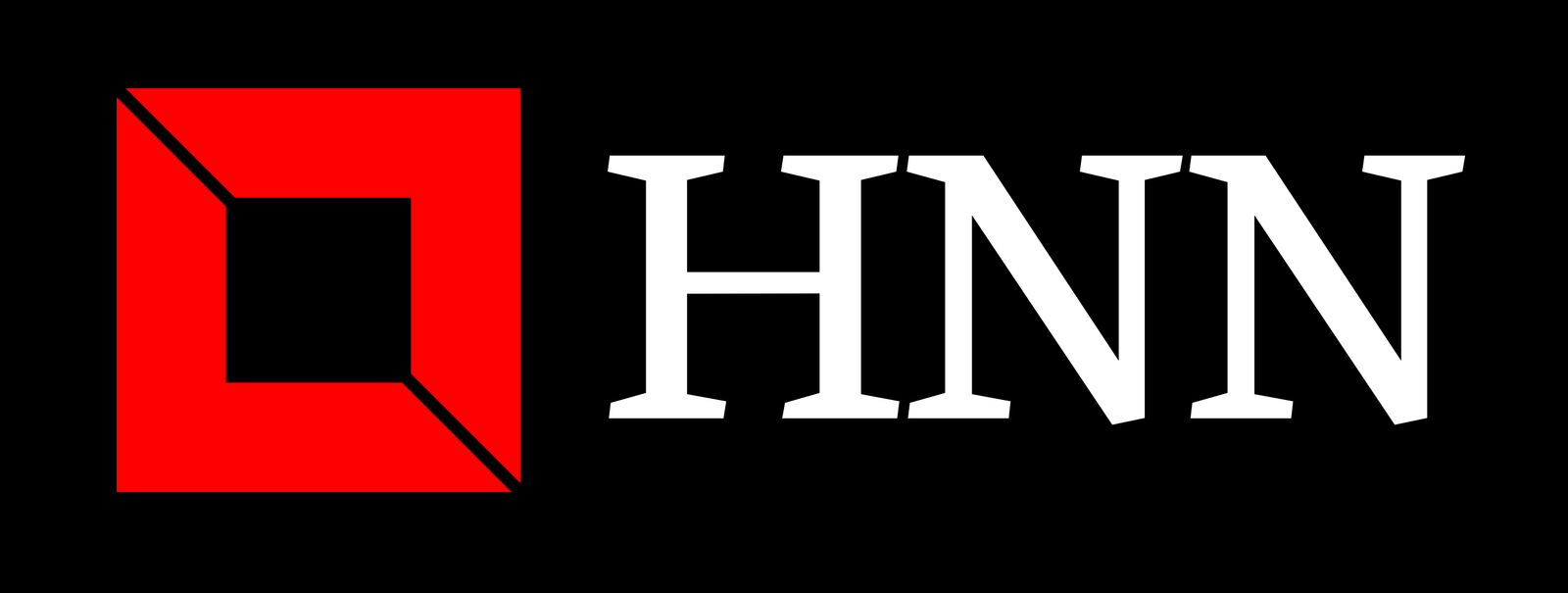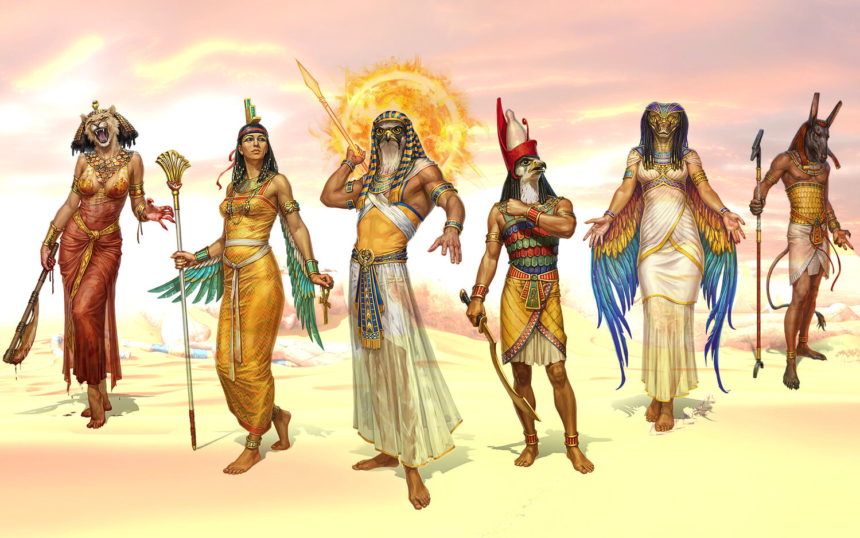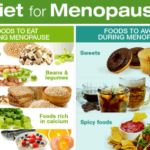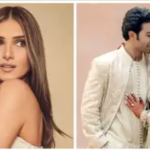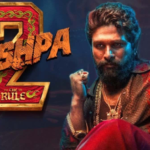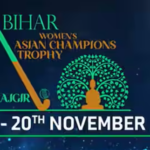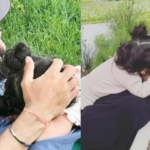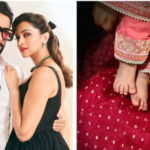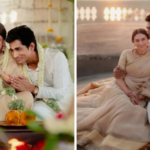Egyptian gods : Explore the myths and significance of Egyptian gods and goddesses, the powerful sun god in Ancient Egyptian mythology. Unravel the mysteries of Egyptian gods and goddesses’s role in creation and daily life.
Egyptian gods and goddesses : Introduction
Egyptian gods and goddesses : Egyptian mythology boasts one of the most extensive and intricate pantheons in the ancient world. Throughout its history, hundreds of gods and goddesses were revered, each associated with specific principles, forms, and functions. The characteristics of these deities often evolved alongside societal changes, rising and falling in importance. In this article, we delve into the depths of Egyptian mythology to explore 11 key gods and goddesses who played pivotal roles in shaping the ancient Egyptian worldview.
ALSO READ : Hidden Dangers In A Bottle Of Water : Nanoplastics In Water Raise Health Concerns
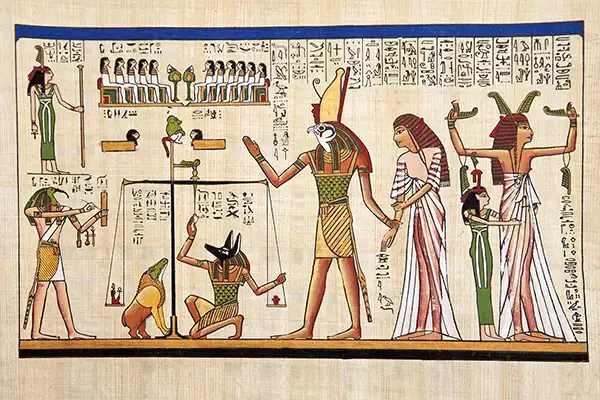
Osiris : The underworld deity
Egyptian gods and goddesses : Osiris stands as one of Egypt’s paramount deities, embodying the god of the underworld, death, resurrection, and the Nile’s vital floods. The myth surrounding Osiris tells the tragic tale of his murder by his brother Seth, his resurrection by his devoted wife Isis, and the birth of their son Horus. Osiris is often depicted as a mummified king, with only his green hands and face exposed.

Isis : The maternal goddess
Egyptian gods and goddesses : Isis, a goddess whose origins are shrouded in mystery, rose to become the most significant goddess in the Egyptian pantheon. As the wife of Osiris, Isis played a central role in his resurrection and the upbringing of their son, Horus. Her maternal care extended to the dead in the underworld, marking her importance in funerary rites. Interestingly, Isis continued to be worshipped even into the Greco-Roman period and left a lasting influence on Christian imagery.
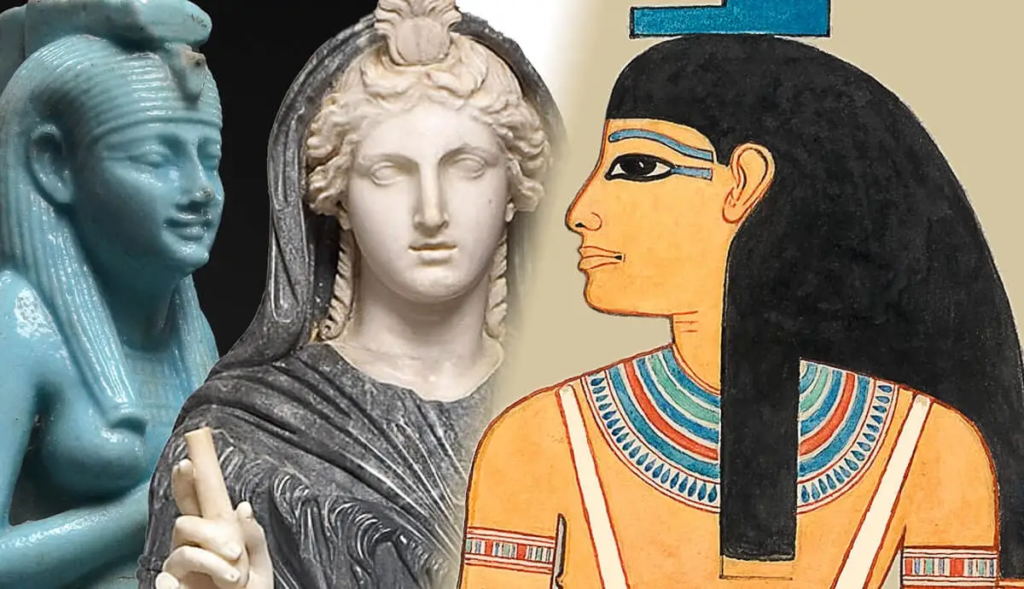
Horus : Sky god and divine kingship
Egyptian gods and goddesses : Depicted as a falcon or a man with a falcon’s head, Horus was a sky god associated with war, hunting, and divine kingship. As the son of Isis and Osiris, Horus avenged his father’s murder, losing his left eye in the process. The restoration of his eye explained the mythical phases of the moon, symbolizing the intricate connection between the sun and the moon.
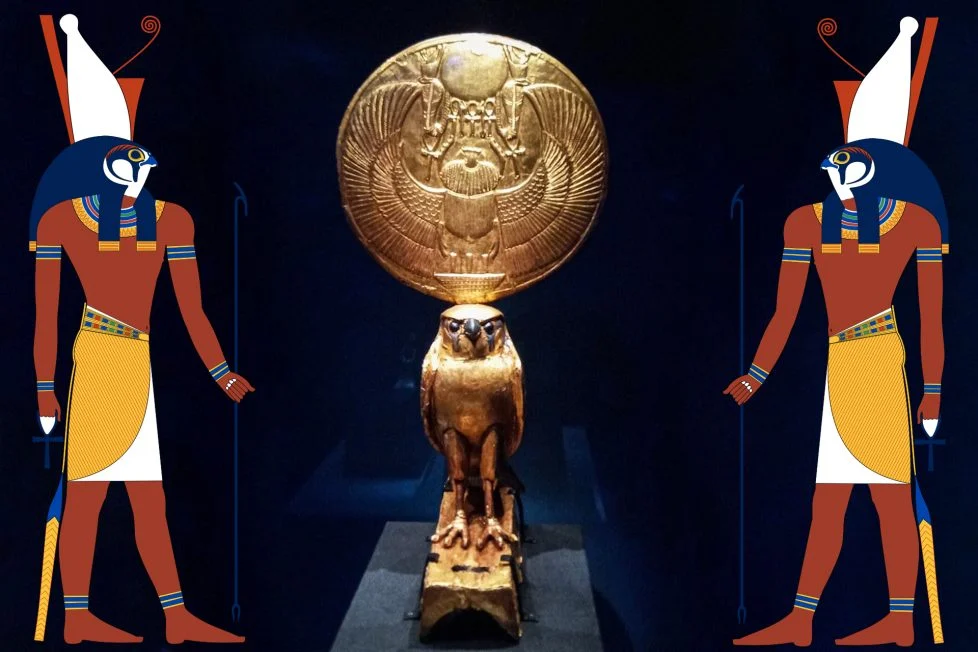
Seth : God of chaos and violence
Egyptian gods and goddesses : Seth, the god of chaos, violence, deserts, and storms, played a notorious role in the Osiris myth as his murderer. Despite his frequent depictions with an animal head, scholars grapple with identifying the creature he represents, leading to the belief that Seth may be a mythical composite.
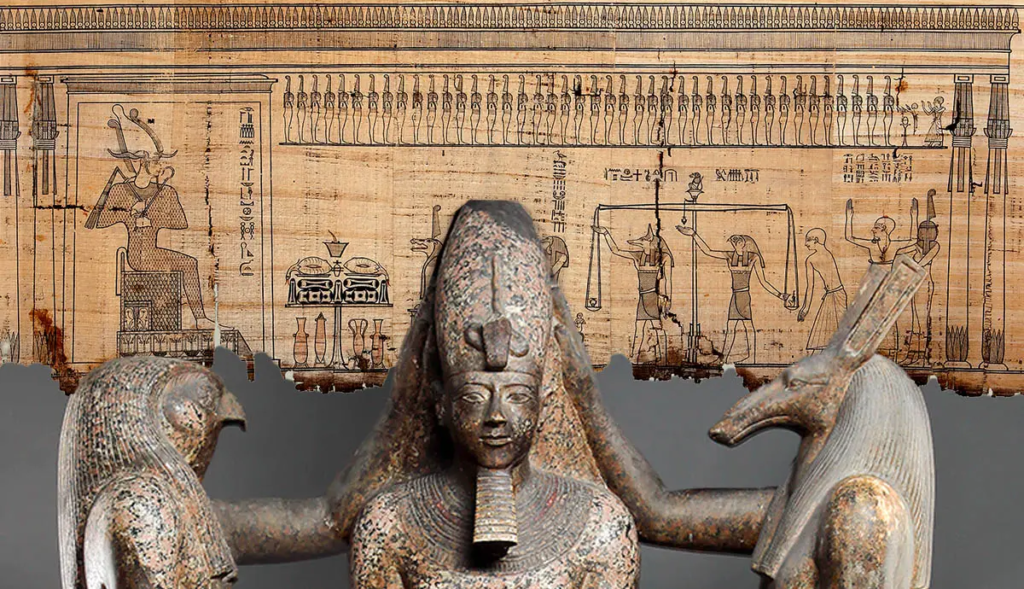
Ptah : Patron of craftsmen
Ptah, the head of a triad of gods worshipped at Memphis, was associated with craftsmen and builders. Imhotep, a deified architect, was considered a son of Ptah. Some scholars propose that the name Egypt may have originated from Hwt-Ka-Ptah, one of Ptah’s shrines.

Re : The sun god
Re, associated with the sun, sailed across the sky in a boat each day and traversed the underworld at night. Centered in Heliopolis, Re’s cult merged with other sun deities over time, particularly Amon. The daily journey of Re symbolized the eternal cycle of life, death, and rebirth.

Hathor : Goddess of motherhood and fertility
Hathor, often depicted as a cow or a woman with a cow’s head, symbolized motherhood, fertility, and protection for women during childbirth. As “the lady of the west,” she welcomed the setting sun, reflecting the belief that the deceased hoped for a similar welcome into the afterlife.
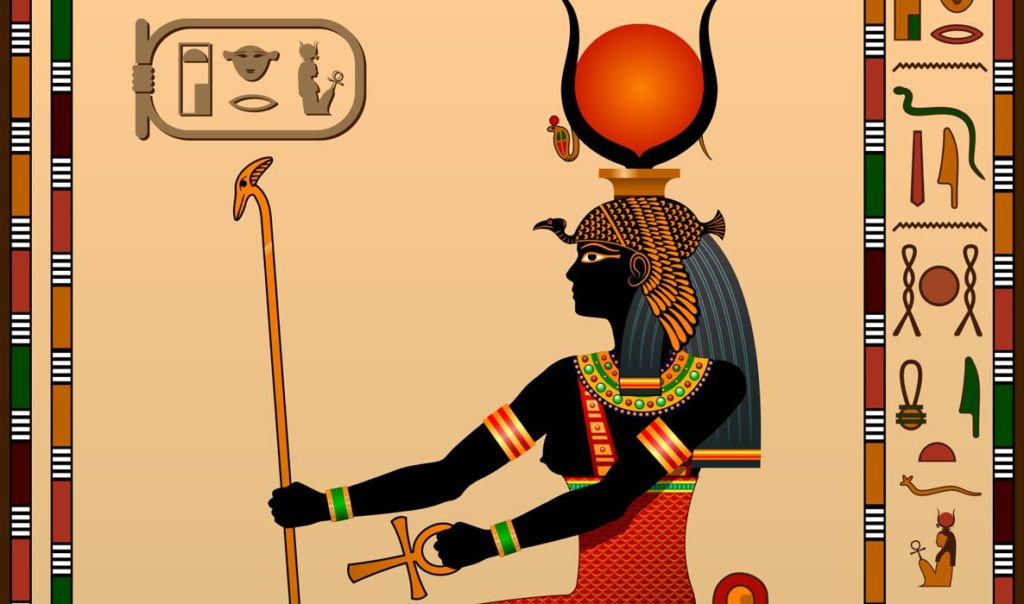
Anubis : Guardian of the dead
Anubis, associated with funerary practices, was represented as a jackal or a man with a jackal’s head. In the Old Kingdom, he was considered the principal god of the dead, responsible for embalming and wrapping the bodies of the deceased.

Thoth : God of writing and wisdom
Thoth, depicted as a baboon, sacred ibis, or a man with an ibis head, was the god of writing and wisdom. Credited with inventing language and the hieroglyphic script, Thoth served as a scribe and adviser for the gods, possessing knowledge of magic and secrets.
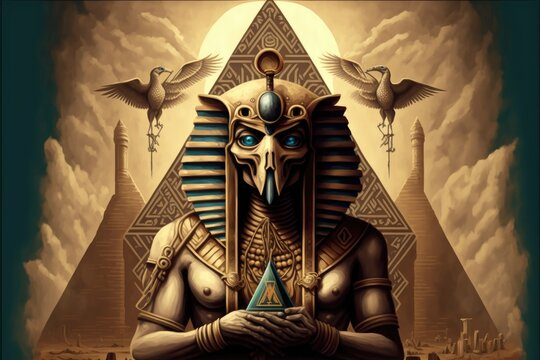
Bastet : Cat goddess
Bastet, originally depicted as a lioness-headed woman, transformed into a domestic cat in later periods. Associated with home and protection, she evolved into a regal-looking seated cat and, in the Ptolemaic period, became linked with the Greek goddess Artemis.
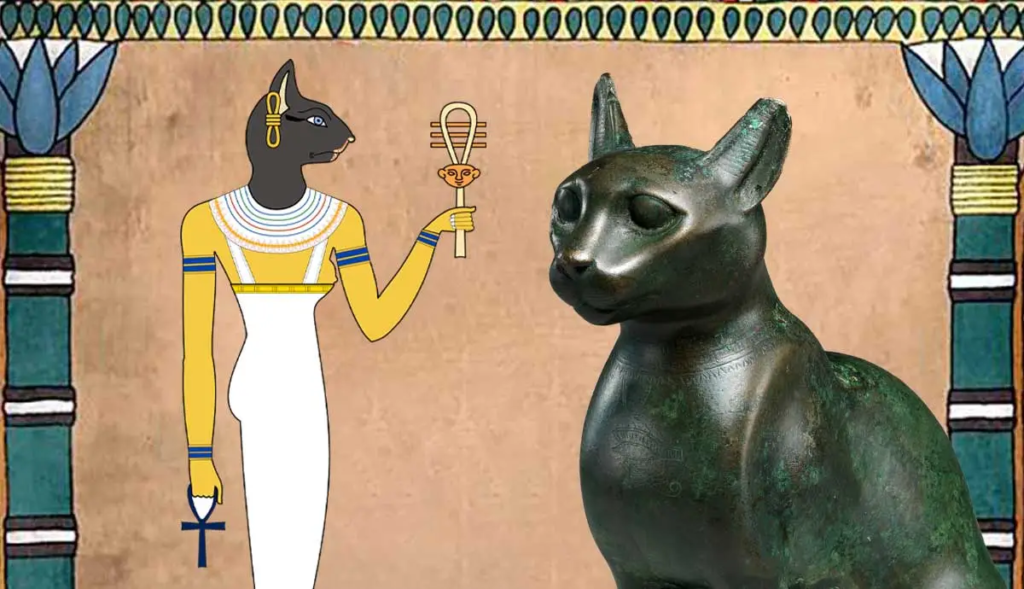
Amon : God of the air and hidden one
Amon, initially worshipped locally in Thebes, gained national importance during the New Kingdom. Represented as a man with a crown adorned with two vertical plumes, Amon merged with the sun god Re and became a dominant deity in Egypt, especially after the rulers of Thebes rebelled against foreign rulers.
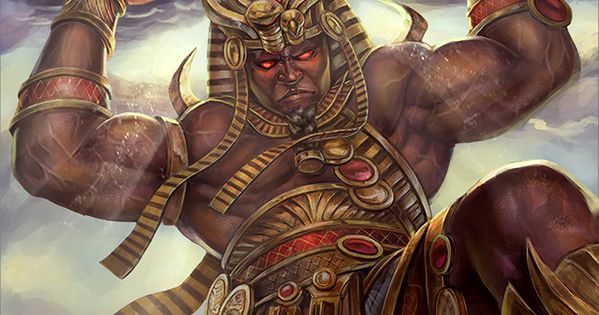
Conclusion
The intricate tapestry of Egyptian mythology is woven with the threads of these 11 gods and goddesses, each contributing to the rich cultural and spiritual heritage of ancient Egypt. Their stories, myths, and symbolism provide a glimpse into the complex beliefs and societal dynamics that shaped one of the world’s most captivating civilizations.
To explore more news : Click Here
ALSO READ : The Arabian Sea : A Maritime Gateway And Ecological Treasure

